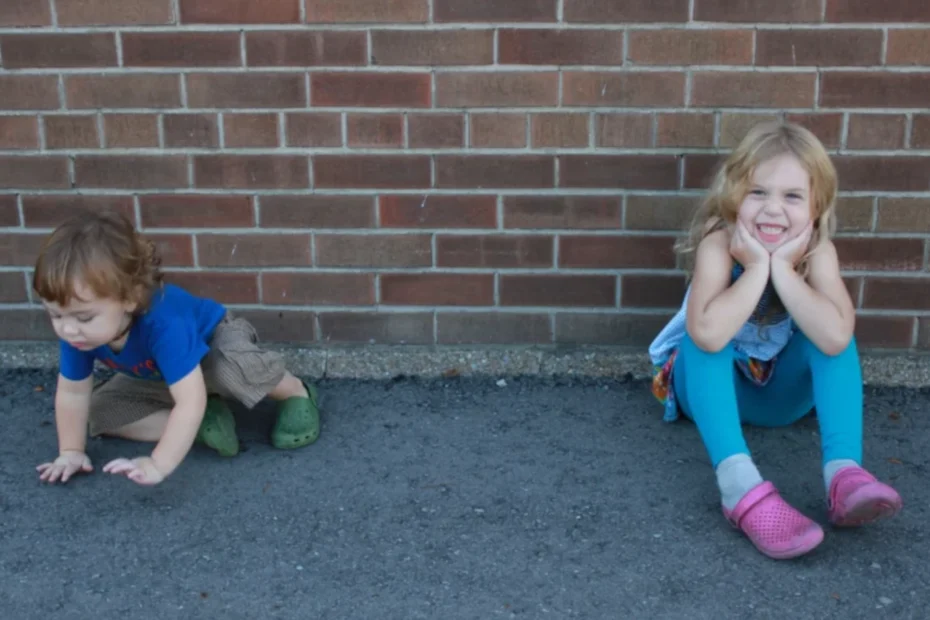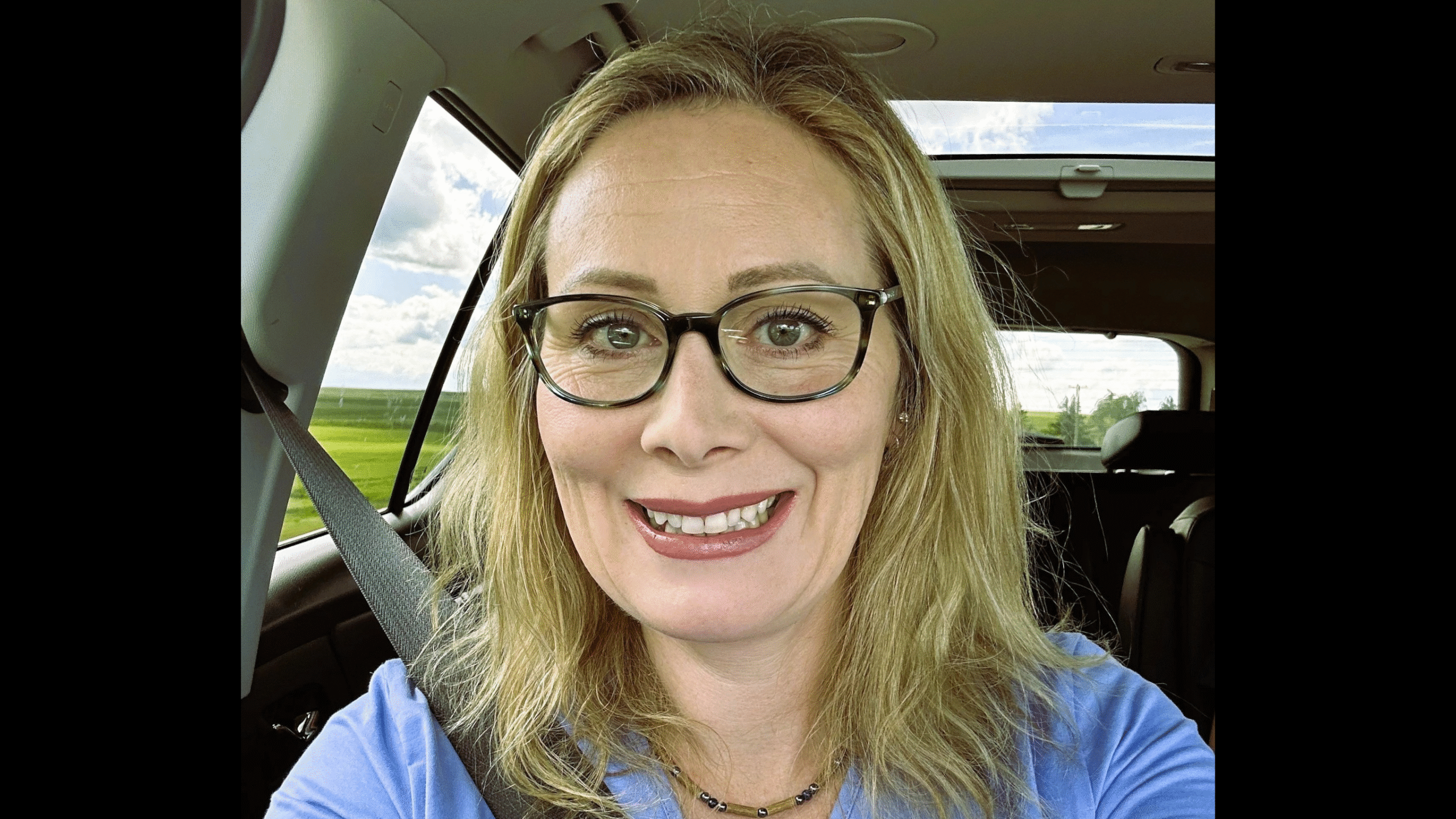Both of my children are neurodivergent, though they do not have intellectual disabilities. Their autism and ADHD, while labelled as disabilities in an ableist society, are not flaws but unique aspects of their neurology. This is a reflection of how I made my children’s well-being and individuality the priority by choosing peaceful parenting and giving them the freedom and joy of growing at their own pace.
Looking back on my children’s development, now at ages fifteen and twelve, I am filled with awe at the distinct paths they have taken. For instance, my son’s hyperfocus, a common trait in ADHD, has allowed him to excel in creating video games that thousands of people enjoy. My daughter’s special interest, characteristic of autism, in math and art, has led her to become a self-taught expert in those areas. Their timelines, diverging significantly from each other and from societal norms, are a testament to the beauty of their individuality, inspiring us all to appreciate the diversity in our world.
My experience with my neurodivergent children has taught me a vital lesson: it’s best to trust children to develop in their own time. This is especially true for neurodivergent kids. I’m grateful I intuitively knew to give them the gift of growing at their own pace. Research supports this, showing wide variability in developmental trajectories among autistic and neurodivergent children and emphasizing the importance of individualized, flexible approaches to growth.1 Patience and trust in their unique journey are crucial, and I’ve seen the benefits of this approach in my children’s development.
My ability to stay home with my daughter and son was a fortunate circumstance. With a nurturing foundation rooted in attachment parenting and an unschooling approach, I was able to offer them constant love, closeness, and responsiveness. This nurturing environment, a safe and supportive space for them to explore the world, has been a source of security and comfort for us all. It’s crucial to create such an environment for neurodivergent children, as it can significantly impact their well-being and development.
Since they were not put into a neurotypical classroom when they were at a delicate, formative age, their Autism and ADHD did not hinder them. They were free to be themselves without judgment or scrutiny. This allowed them to focus on learning without pressure or anxiety, which enabled them to build greater confidence and self-efficacy.
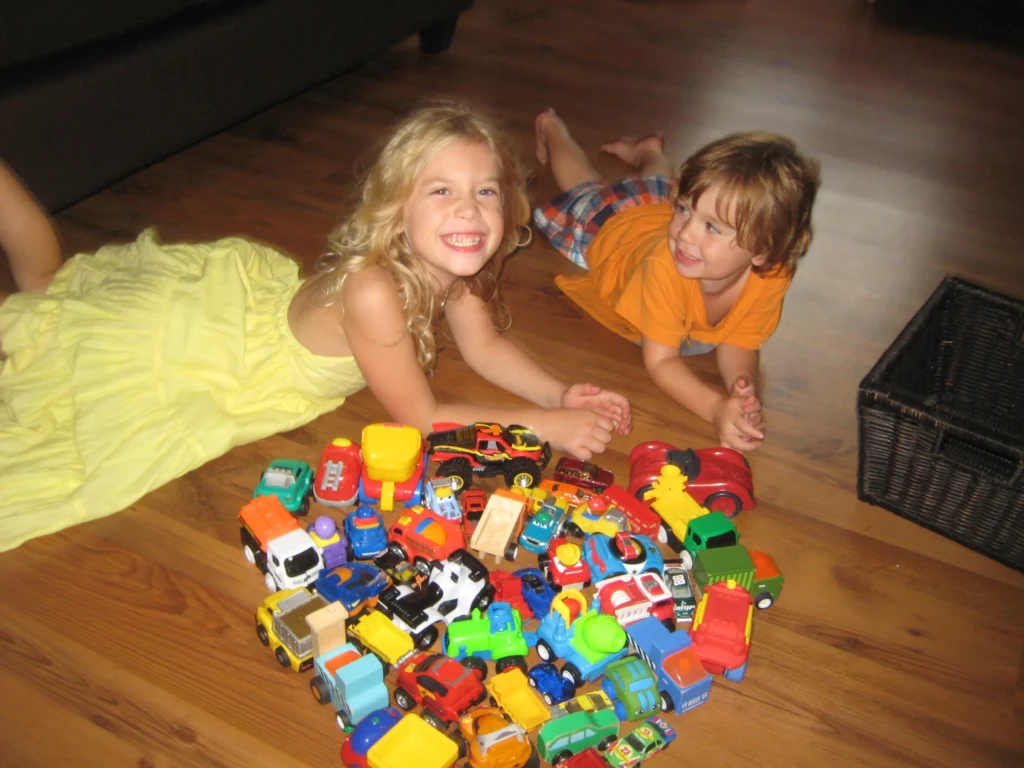
My children’s growth unfolded in its own time, guided by curiosity, not pressure. They didn’t have to prove they were capable on a daily basis or perform for gold stars. Their journey of learning and development was uniquely theirs, unfolding naturally. Unschooling is a child-led approach to homeschooling that encourages self-directed learning through everyday life experiences, empowering children to explore their interests and learn in a natural, meaningful way. Research reviewers have observed that unschooling can offer a profoundly personalized and healing environment for children with disabilities.2 This approach creates space for authentic learning, allowing kids to explore their interests and learn at their own pace, which can be particularly beneficial for neurodivergent children.
However, it’s essential to acknowledge that those who homeschool their kids often face significant sacrifices in terms of time and career flexibility. While the rewards of seeing your children learn and grow at their own pace are immense, the challenges of balancing their education with other responsibilities can be daunting. It requires a significant amount of time and energy, and often one parent needs to stay home, which can impact their career. Patience, trust, and support from other homeschooling families are crucial. Financial means for one parent to stay home and be present for the children are also a consideration. It’s important to weigh these factors when considering homeschooling.
Every week, I took my daughter and son to homeschooling events and gatherings where they could socialize naturally and without pressure, alongside kids of all ages. During the week, they enjoyed playdates with other homeschooled children, and on weekends, they also spent time with kids who attended traditional schools. One time, I enrolled my son in a weekly gym class and an outdoor adventure group, but after a few times of participating, he no longer wanted to go, saying the gym teacher wasn’t nice and the outdoor group wasn’t fun. I was disappointed, but I respected his choice. Neither of my children was interested in committing to a weekly extra-curricular activity, despite my encouragement to do so.
When they were aged twelve and nine, each child independently expressed a desire to attend school. Respecting their choices, we enrolled them. Transitioning into conventional academics meant some catching up, especially for my son. He had to adjust to the structured learning environment and the pace of the curriculum, which was different from the self-directed learning he was used to. There were moments of frustration and self-doubt, but with our support and encouragement, he gradually adapted. However, it was a journey they chose willingly.
By giving them autonomy and trusting their internal timing, we witnessed them growing at their own pace into confident, capable young people who now comfortably engage alongside neurotypical peers. The transition was not without its challenges, and it’s essential to be prepared for potential difficulties when making such a change. But it was a valuable learning experience for all of us.
Research shows that variability in developmental milestones is a natural part of the neurodivergent experience.3 Many neurodivergent children, such as those on the autism spectrum, develop skills on different timelines than their neurotypical peers. Instead of expecting all children to follow the same path, it’s important to respect each child’s unique developmental trajectory. In loving, supportive environments, most children, whether neurodivergent or neurotypical, grow and reach their full potential in their own time.4
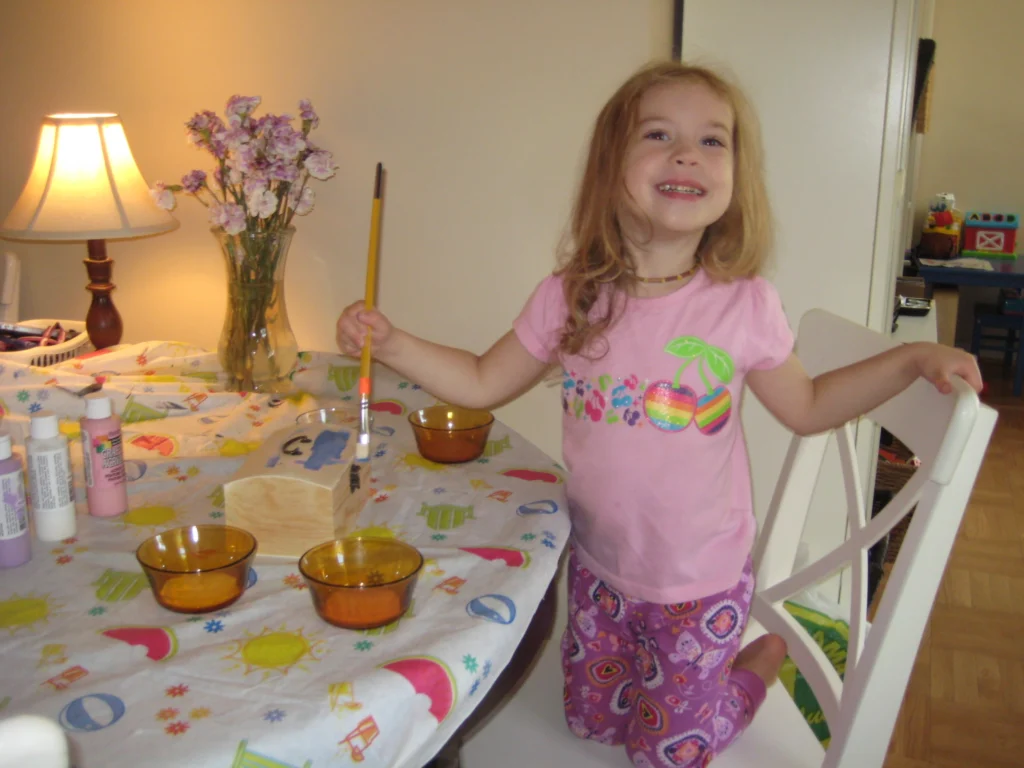
Specifically, early motor differences, sometimes visible long before social or communication delays, have been documented as early indicators in autism, illustrating that diverging trajectories begin early and evolve over time.5 Moreover, language development in autistic individuals can follow a nonlinear path. In some cases, even with significant delays, many autistic children, especially those without intellectual disability, ultimately reach fluent, flexible language by adolescence.6
These patterns resonate deeply with our family’s experience. Though our children developed according to their own unique timelines, they ultimately “caught up.” Most importantly, we embraced the understanding that childhood is not a race to be won. It is a sacred period for children to explore and discover the world, surrounded by care, patience, and a profound sense of safety, free from the burdens of stress and pressure.
Along the way, I’ve come to believe that we should never compare neurodivergent children to neurotypical ones. Every child has a unique neurological rhythm. Even neurotypical children would benefit from being freed from constant comparisons. We are all different. Rather than pushing every child toward the same milestones at the same time, it makes far more sense to support each one in growing at their own pace. This involves honouring their individuality and supporting their interests. As well as acknowledging their natural developmental rhythm without imposing external standards of conformity. For instance, if your child shows a keen interest in a particular subject, encourage them to explore it further. If they struggle with a certain skill, provide extra support and patience. These small actions can make a big difference in their development.
Now that their father and I are in our late forties, we often laugh about how we still feel like we’re in our late twenties. There’s something quietly powerful about allowing growth to unfold in its own time, without trying to fit it into someone else’s timeline or expectations.
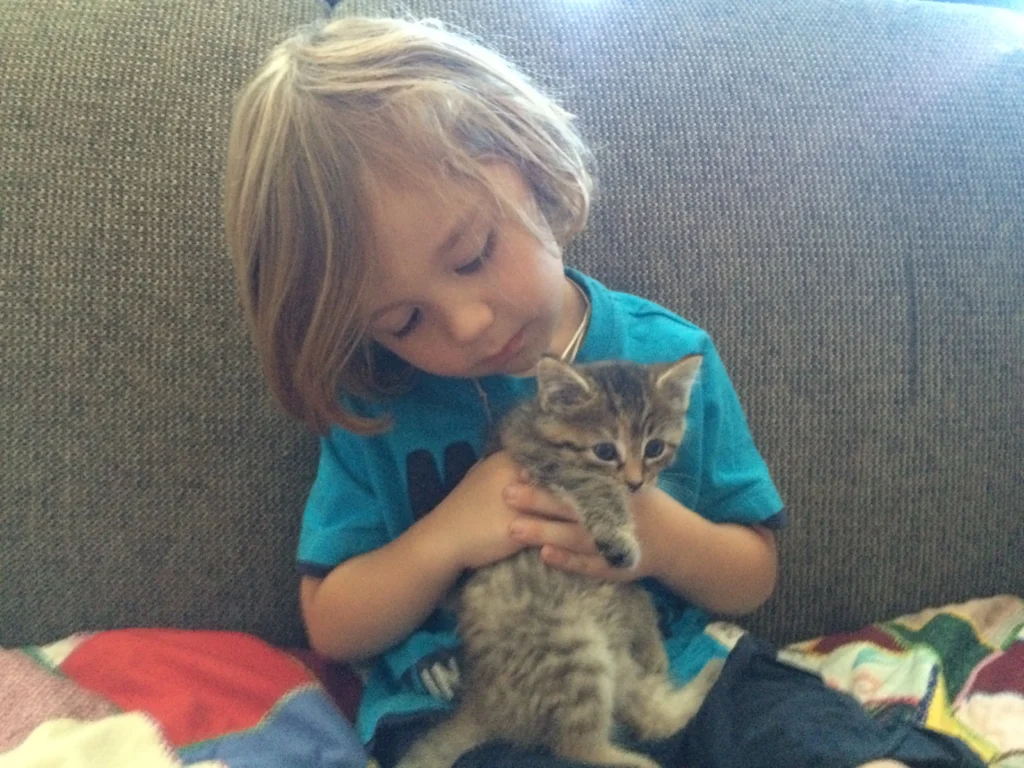
For many families, watching their child miss or delay a developmental milestone can be emotionally overwhelming, often triggering fear, guilt, or a sense of urgency to “fix” something. It’s important to remember that development is not a race, especially for neurodivergent children who may need more time to process everything as their nervous systems are more sensitive and their brains are more active.7 As a parent, I’ve experienced these emotions firsthand. It’s a journey of self-discovery and growth, learning to let go of societal expectations and trust in the unique path of each child.
Differences in timing don’t automatically mean something is wrong. When children grow up in environments where they are seen, accepted, and supported, they often thrive in ways that aren’t always immediately visible on milestone charts. Patience, connection, and trust in the child’s individual pace can be just as powerful as any formal strategy.8
My guiding belief today is that when parents honour a child’s natural development and give them the gift of growing at their own pace, without rushing or forcing, they lay the foundation for greater success, higher self-esteem, and reduced trauma. This approach aligns with peaceful parenting. Peaceful parenting is based on the idea of building a strong, respectful, and connected relationship between parent and child. Rather than relying on punishments, threats, or rewards to control behaviour, peaceful parenting focuses on understanding the child’s needs, emotions, and developmental stage.
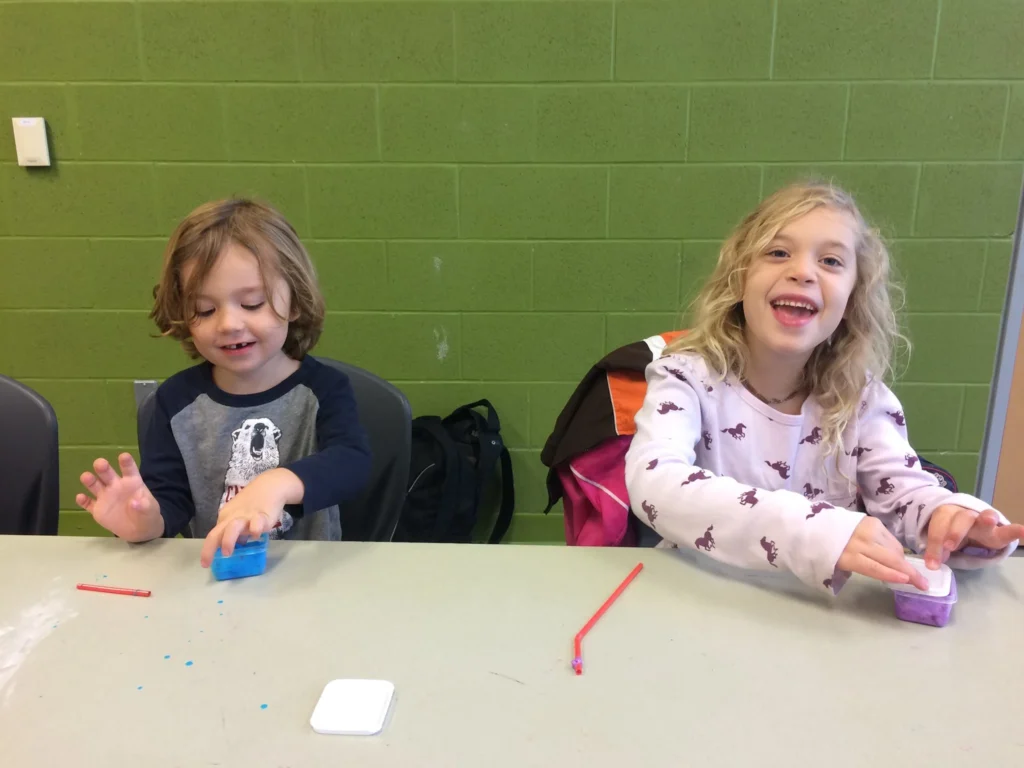
That said, my experience also taught me that unschooling beyond age seven can pose academic challenges when eventual participation in structured education is desired. If formal schooling is likely in a child’s future, I advocate for homeschooling with a flexible but structured curriculum as a bridge; something we found beneficial.
What I hope other parents take away from our journey is this: trust your child’s internal timing. When a neurodivergent child doesn’t meet the “standard” milestones, it’s not a sign of failure but rather a reflection of their unique neurological rhythm.
The pressure to conform to developmental charts used by organizations like the American Academy of Pediatrics (AAP) or the Canadian Pediatric Society (CPS) can cause unnecessary stress and shame for both children and parents. However, by letting go of that pressure and giving our children the gift of growing at their own pace, we create the space for their true strengths to flourish.
In the early years, what matters most is creating a nurturing, flexible environment; one filled with presence, kindness, and autonomy. Attachment parenting and unschooling worked beautifully in our home for a time, allowing our kids to feel safe and free to explore. Their curiosity flourished in an environment where learning was gently invited, not imposed.
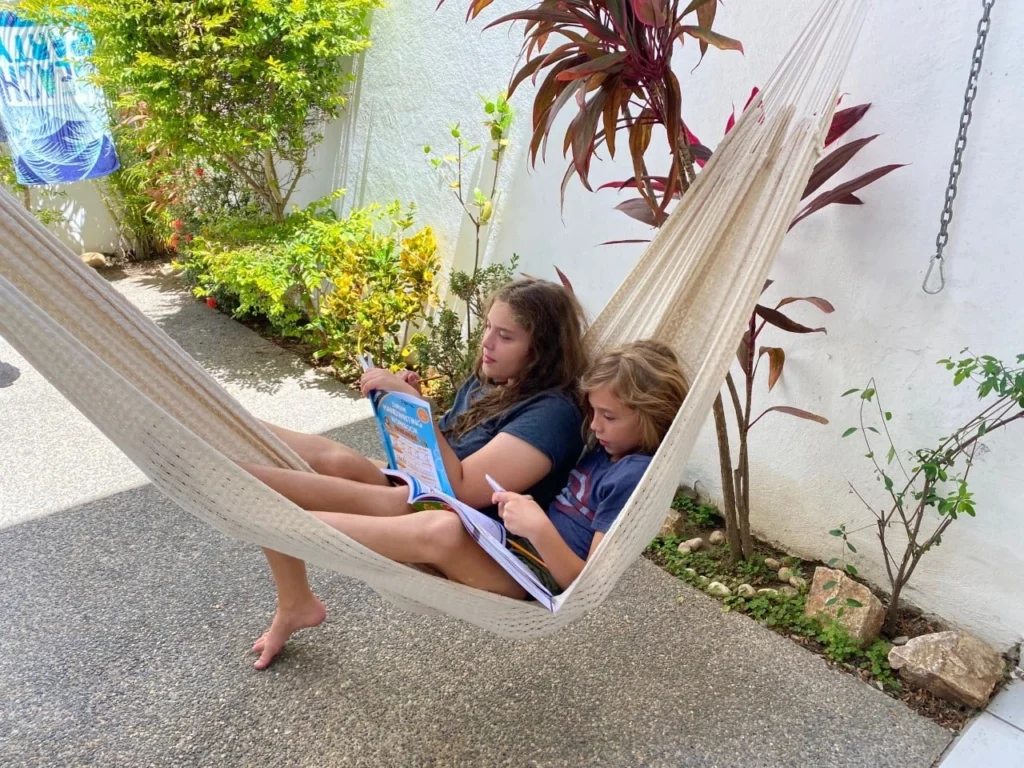
When structure eventually became something they wanted, we offered it. Letting them lead that transition meant school didn’t feel like a battle; instead, it felt like a choice. That sense of agency has profoundly shaped the way they show up in the world today with more confidence, curiosity, and self-direction.
Supporting their strengths with patience and trust, instead of panic or comparison, allowed them to catch up in their own way. And now, they’re thriving in ways I never could have predicted during those earlier years of uncertainty.
Growing at their own pace has been the foundation of my children’s success. In the end, what matters most isn’t fitting in quickly; instead, it’s growing in wholeness. When we focus on long-term well-being over immediate conformity, we protect our children’s confidence and emotional health. That’s the foundation they’ll carry with them for life.
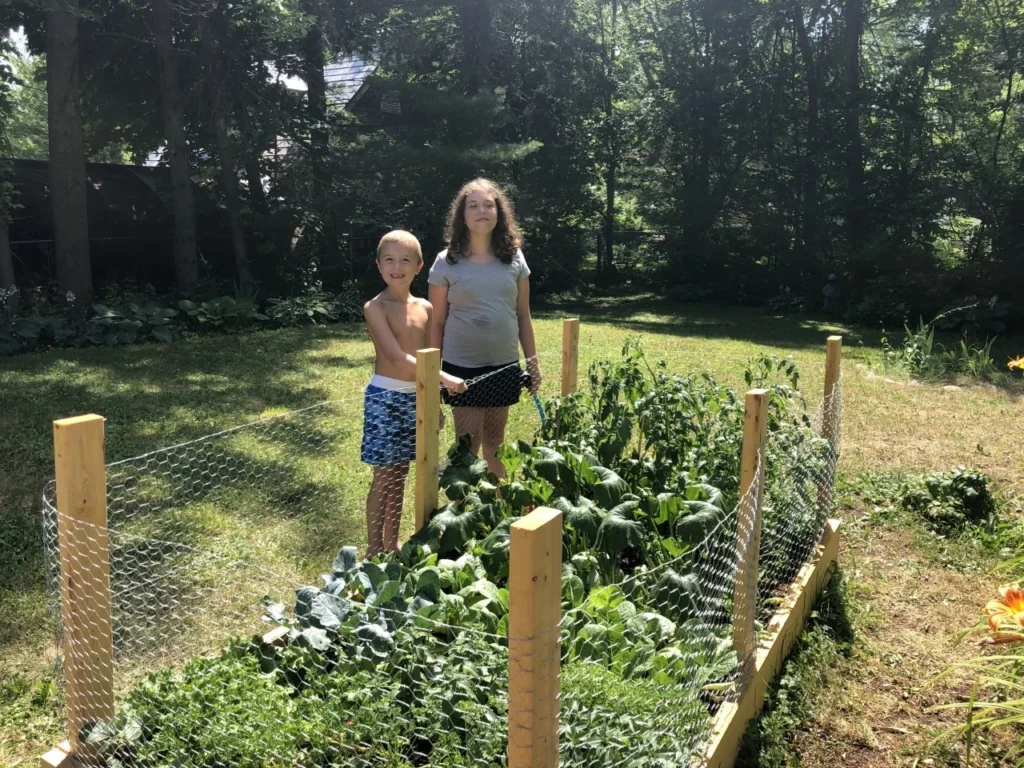
- https://pmc.ncbi.nlm.nih.gov/articles/PMC9295026/
↩︎ - https://www.researchgate.net/publication/372746502_Unschooling_Students_with_Disabilities ↩︎
- https://pmc.ncbi.nlm.nih.gov/articles/PMC6636833/ ↩︎
- https://pmc.ncbi.nlm.nih.gov/articles/PMC10123053/ ↩︎
- https://pmc.ncbi.nlm.nih.gov/articles/PMC8870370/ ↩︎
- https://molecularautism.biomedcentral.com/articles/10.1186/s13229-021-00444-8 ↩︎
- https://pmc.ncbi.nlm.nih.gov/articles/PMC10687592/ ↩︎
- https://pubmed.ncbi.nlm.nih.gov/29106716/ ↩︎
